Bibim doesn’t look like any other Korean restaurant in Allston. Oak tables, wicker furniture and faux-incandescent light fixtures make the restaurant feel more like a Better Homes and Gardens spread than a bulgogi joint. Then again, no one would call Bibim a bulgogi joint.
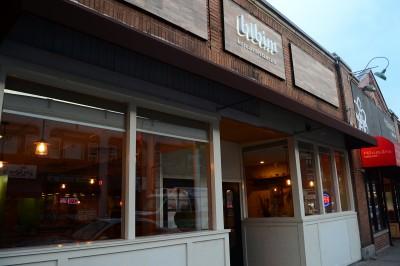
The restaurant smells faintly of kimchi, but not unpleasantly so. Mild K-pop plays in the dining room (not a surprise for anyone who’s gone out for Korean before), but the usual mounted televisions playing music videos — spotted in Myung Dong down the street — are nowhere to be seen. The beige walls and sparse decoration make Bibim feel like a clean, well-lit place.
Bibim hides on Harvard Avenue, between Brighton Avenue and Glenville Avenue. It’s gone unnoticed for the several years it’s been there until a renovation in 2013 breathed new life into the restaurant. Since the remodel, Bibim has garnered a shining review in The Boston Globe and will open a second location in Davis Square on Saturday, according to a post on the restaurant’s Facebook page.
The night I visit Bibim, I am one of two non-Korean individuals in the restaurant. My compatriot is a white man wearing square-framed glasses and a turtleneck. He’s sitting with a Korean woman, possibly his wife or girlfriend, in a table by the window.
A waiter delivers steamed broccoli, kimchi, marinated potatoes and a sweet salad with apples and cucumbers. The kimchi maintains its crunch without losing flavor, spicy and tangy without overpowering the ferment. The potato garnish is sweet, each potato completely infused with sesame oil and sugar.
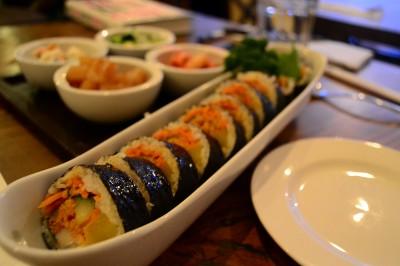
The menu includes a collection of Korean favorites – kimbap (sushi rolls), bibimbap (rice bowls), kimchi stew and bulgogi (marinated grilled meat, usually beef). The kimbap includes a variety of traditional combinations (tuna, fish roe, bulgogi, etc.) as well as some more creative ones. A particularly noteworthy kimbap included kimchi and American cheese.
The spicy tuna kimbap, filled with a tuna-salad-esque spread, pickled radish, carrots, imitation crab and lettuce, is almost overpowering in its whimsy. The sophisticated, skillfully spiced tuna is brightened by the tart pickled radish and finished with a welcome umami with the nori (seaweed) and sesame oil rice.
Even with the iconic Korean flavors within the dish, something about the tuna salad invokes my nostalgia, reminding me of the sandwiches I ate as a kid. A waitress comes up and says, “My mother made me kimbap when I came home from school. Every Korean child grows up with kimbap.” I didn’t grow up with kimbap. This kimbap makes me wish I did.
The bulgogi bibimbap arrives, sizzling satisfyingly. Bibimbap, similar to Indonesian nasi campur, is a rice bowl composed of a variety of vegetables and meats topped with a fried egg. The crispy edges of the white egg fluttered in the rising steam while the yolk remained runny. Once I began stirring, I scooped up a big bite.
Nothing. It’s completely flavorless.
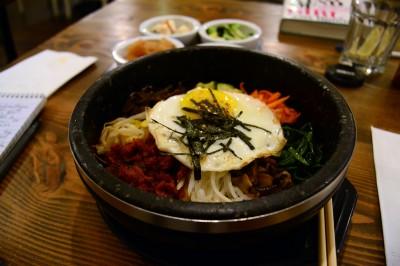
I try a piece of bulgogi. It’s perfectly cooked, tender and sweet. I stir for another minute and try the rice again. The vegetables are simply steamed, and the bulgogi doesn’t have enough sauce to flavor the rest of the bowl. I dump the kimchi and potatoes into my bowl and stir again. Still flavorless.
A squirt-bottle of gochujang (red chili paste made with fermented soybean) sits next to my clay bowl, and I consider taking out each piece of bulgogi before I douse my rice in chili. I go ahead anyway, stirring for a fourth time. Still nothing. Confused, I pour a bit of the gochujang on my finger.
It tastes…like ketchup?
The pop singers serenading my meal start singing in English: Gotta be, gotta be, gotta be you…
I make eye contact with my non-Asian compatriot. He’s sitting in front of a clay bowl as well. It’s almost completely untouched. His partner reaches for a potato with a pair of chopsticks. Her plate is clean.
In Sheryl Julian’s Globe review, she says nothing on the menu has been Americanized. I would clarify her statement: Nothing on the menu has been Americanized for the sake of Americans. The menu includes American cheese and Spam and tuna fish salad not for the benefit of white patrons, but for the young Koreans who still find some novelty in cheeseburgers and tuna fish sandwiches – the way I find novelty in going out for Korean barbecue.
Bibim’s chef is undoubtedly talented. No one can make beef that juicy and flavorful by accident. No one can perfect levels of spice without practice. But Bibim has created a menu reaching for a set of flavors I find boring, a culture I rejected in favor of something new. Who am I to question their desire to do the same thing?


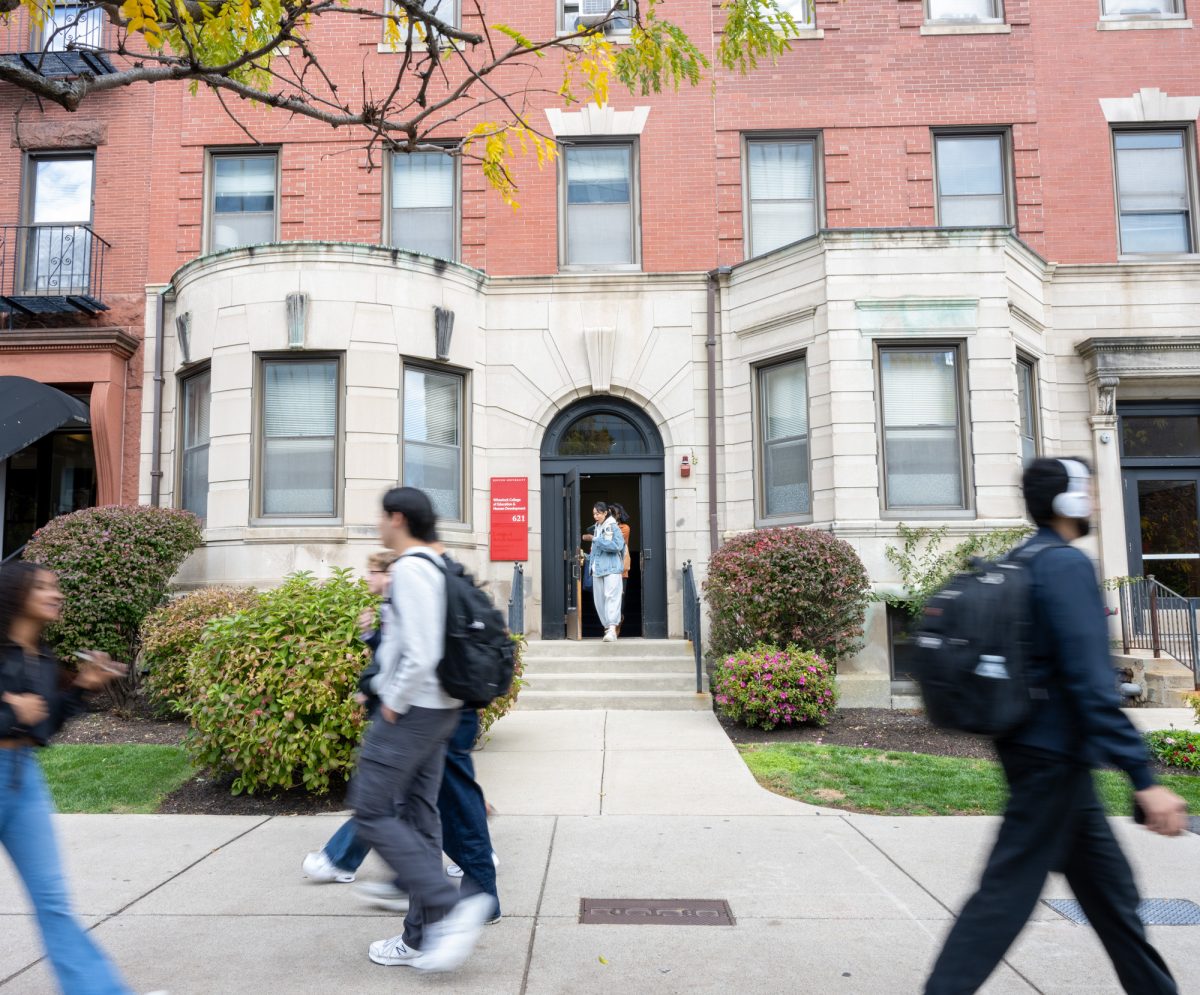


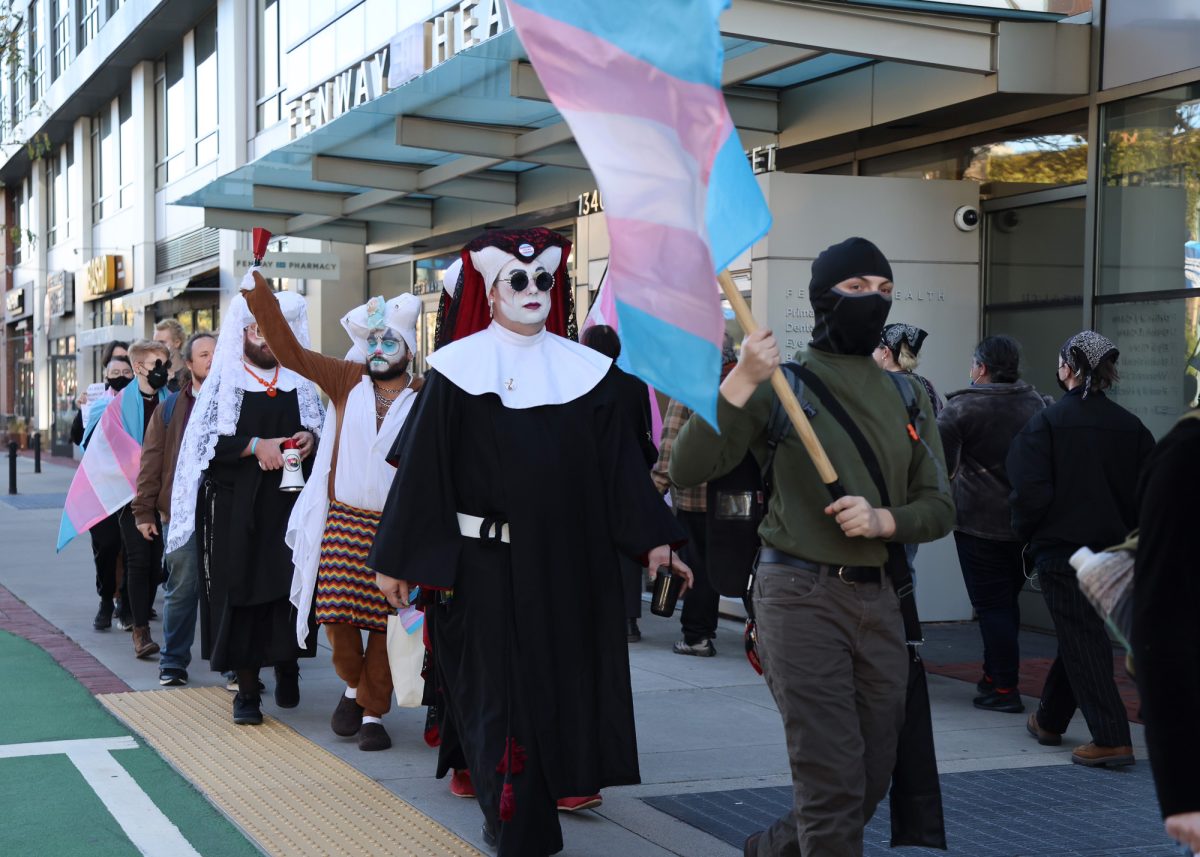






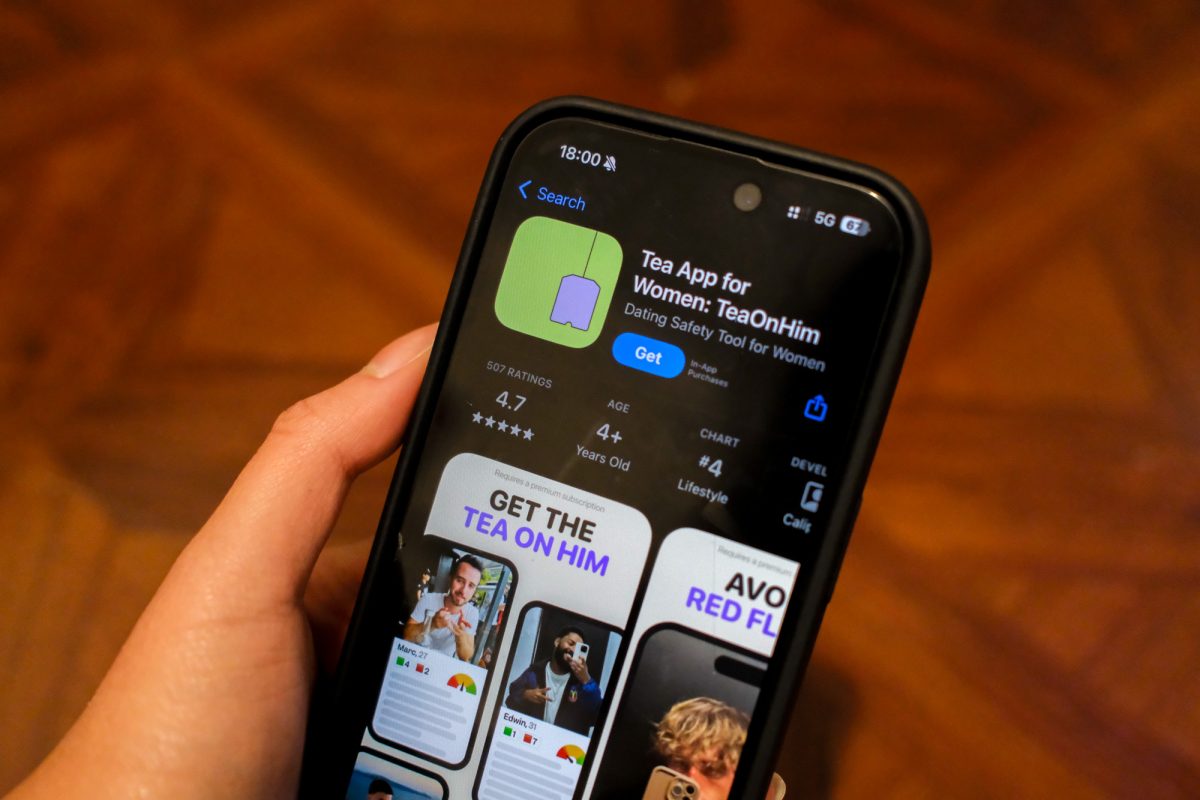





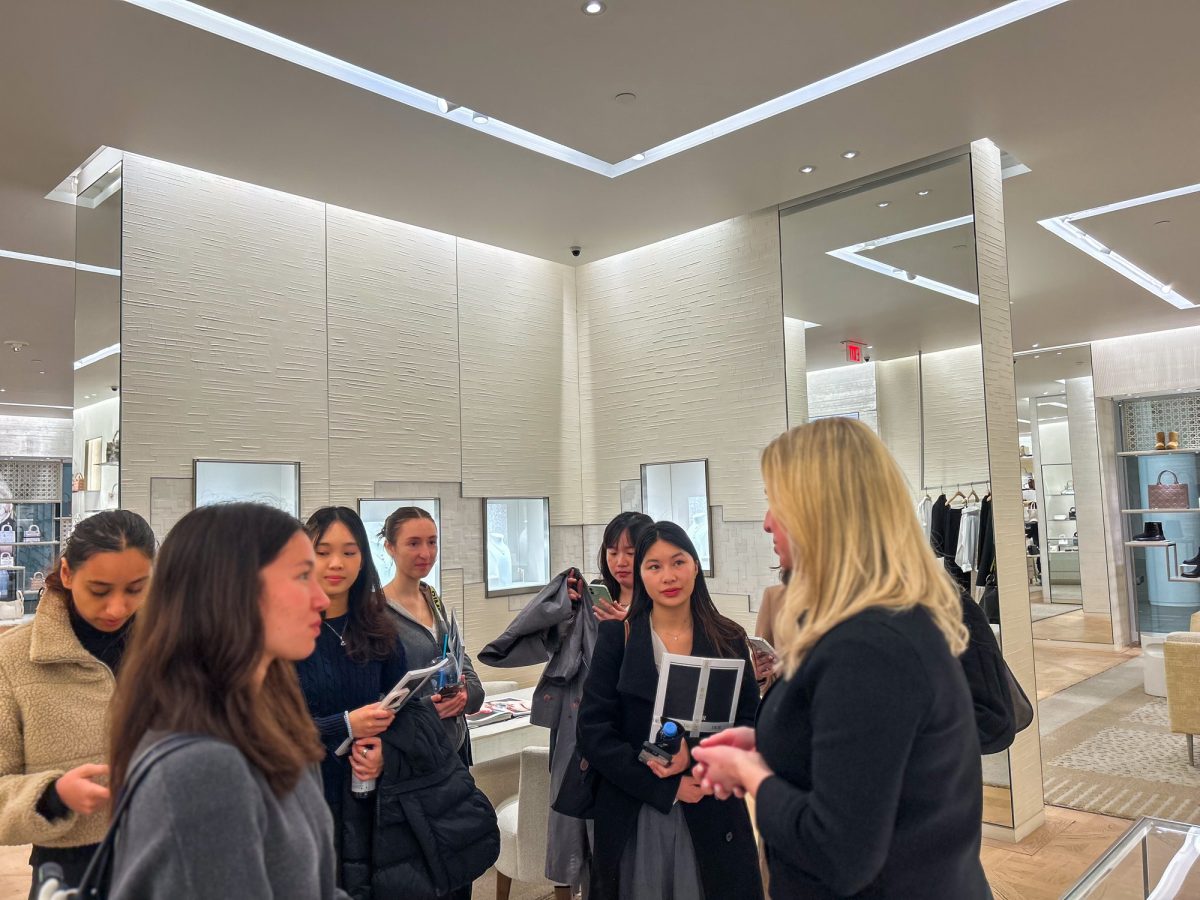






































































































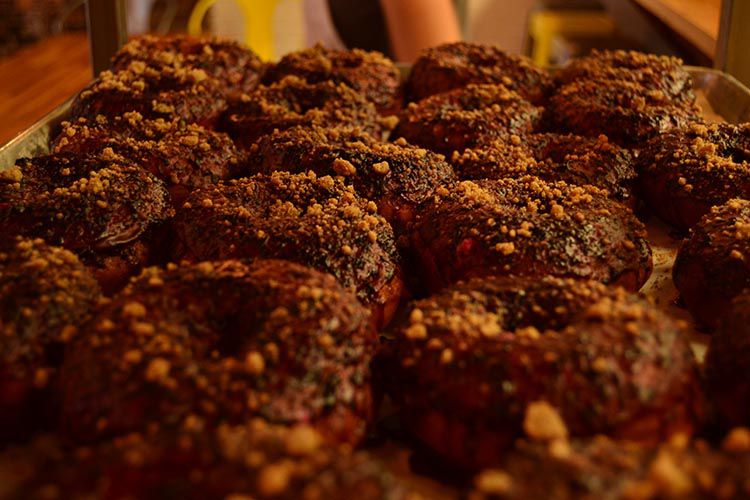

John • Nov 1, 2014 at 7:28 pm
Brooke, how did you know you were one of only two non-Koreans in the restaurant?